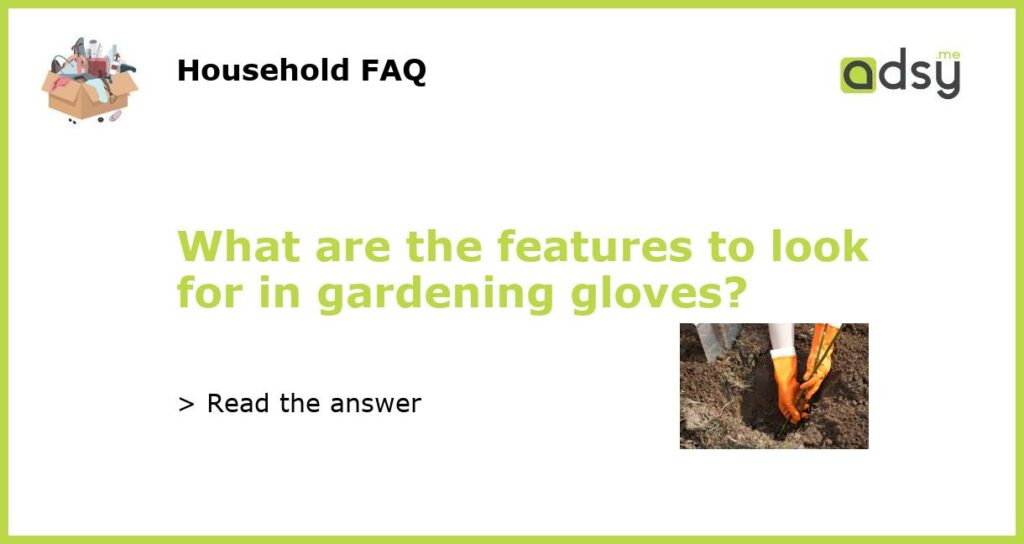The importance of gardening gloves
Gardening can be a therapeutic activity for many people. It allows you to connect with nature, improve your physical health, and create stunning outdoor spaces. However, gardening can also be hard on your hands. The constant exposure to soil, thorns, and other rough materials can cause painful blisters, cuts, and callouses. That’s why a good pair of gardening gloves is essential to help protect your hands while you work. In this article, we’ll explore the features to look for when choosing the best pair of gardening gloves for your needs.
The right material for your gloves
The material of your gardening gloves will have a significant impact on their performance. Some gloves are made of synthetic materials like nylon or polyester, while others are made of natural materials like leather or cotton. Synthetic gloves are often more breathable and durable, while natural gloves provide more comfort and flexibility. Consider the tasks you’ll be performing in your garden to determine the best material for you. Leather or suede gloves are a great choice for heavy-duty tasks like pruning, while synthetic gloves may be better for lighter tasks like planting.
The proper fit and design
Having gloves that fit properly is crucial to ensure maximum protection and comfort. Make sure to choose gloves that fit snugly but are still easy to put on and take off. Gloves that are too loose may slip off while gardening, increasing the risk of injury. Additionally, the design of the gloves can impact their effectiveness. Look for gloves with reinforced fingertips and palms, as these are areas that experience the most wear and tear during gardening.
Waterproof or water-resistant?
Depending on your climate and the tasks you’re performing, you may want to consider gloves that are waterproof or water-resistant. Waterproof gloves are ideal for wet climates or tasks that involve water, like watering plants or digging in soggy soil. Water-resistant gloves are a good choice for light rain or damp soil, but won’t hold up in heavy rain or standing water. Be sure to check the manufacturer’s specifications to see if the gloves you’re considering are waterproof or just water-resistant.
The price and quality balance
Finally, consider the price and quality of the gloves you’re considering. While it can be tempting to choose the cheapest gloves available, investing a bit more for a high-quality pair can pay off in the long run. Quality gloves are often more durable and offer better protection, meaning you’ll spend less money on replacements in the long run. Consider your budget and choose the best quality gloves you can afford.






